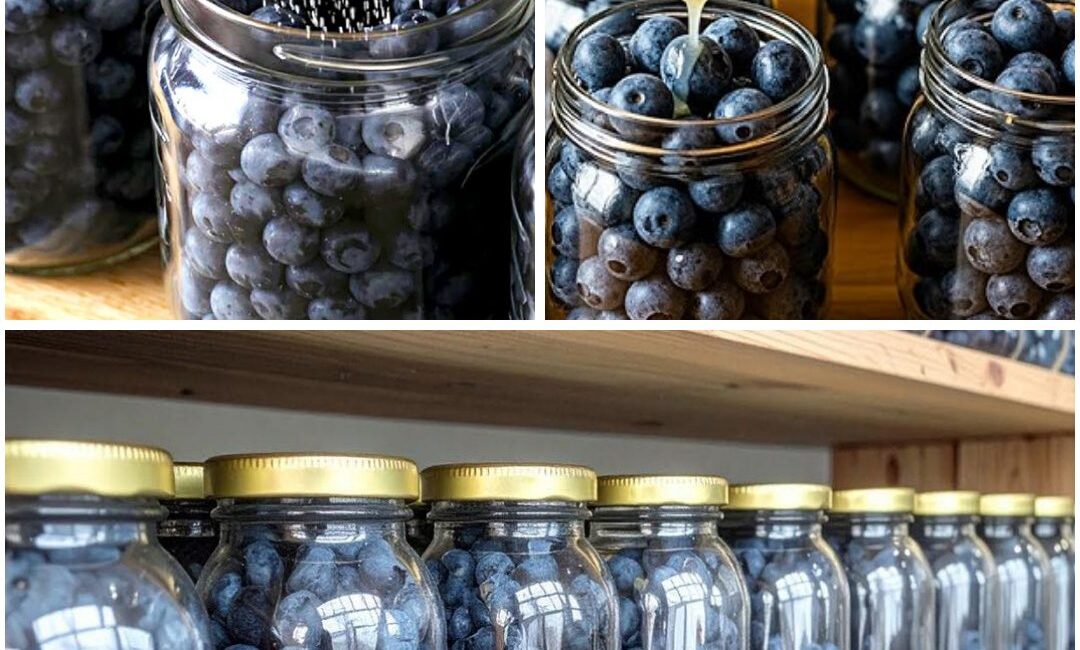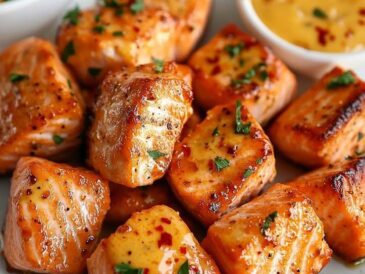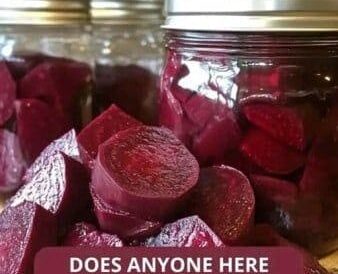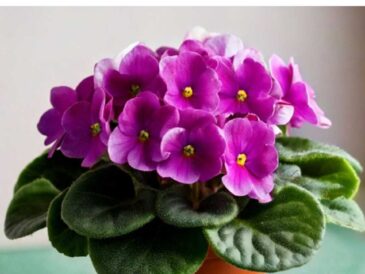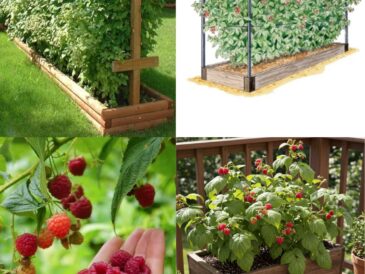- Place filled jars into a large pot: Line bottom with a cloth or rack to prevent direct contact with heat.
- Add hot water (not boiling) to cover jars by about 1 inch (~2.5 cm).
- Heat gradually: Bring water to a gentle simmer (around 180–190 °F / 82–88 °C).
- Maintain temperature for 10–15 minutes (pint jars) or up to 20 minutes (quart jars).
- This gentle heat — “mild pasteurization” — kills most surface microorganisms without damaging berry texture or flavor.
4.7 Sealing and Cooling
- Once heat time is complete, remove jars via jar lifter, place upright on a towel-lined counter.
- Listen for “pops” as lids seal (vacuum forms). Let jars cool undisturbed for 12–24 hours.
- After cooling, check seals: lids should be concave and not flex when pressed.
4.8 Storage Conditions and Shelf Life
- Store sealed jars in a cool, dark, dry place — pantry or cupboard around 50–70 °F (10–21 °C) is ideal.
- Shelf life: Typically 3–6 months at room temperature. In cooler cellars, up to 9 months. Always inspect before use.
5. Safety, Shelf‑Life, and Troubleshooting
5.1 Recognizing Spoilage
Despite best efforts, a jar may spoil. Signs include:
- Bulging lid
- Off, sour, or yeasty smell upon opening
- Mold (even a single speck)
- Cloudiness beyond natural sediment
If in doubt, discard the jar—better safe than sorry.
5.2 Pitfalls to Avoid
- Overheating: Can create funky textures or crack glass.
- Under-heating: Fails to pasteurize, risking spoilage.
- Insufficient acidity: Using too little lemon juice can reduce microbial protection.
- Dirty equipment: Always sterilize jars, lids, and tools.
5.3 Extending Shelf Life Naturally
- Keep jars stored below 70 °F.
- Avoid temperature fluctuations.
- Use dark storage to protect antioxidants from light degradation.
- Use dark glass jars or specular wrap if keeping in a brighter spot.
6. Variations and Flavor Ideas
6.1 Infusing with Herbs or Spices
For a twist, add a sprig of fresh herb (such as mint, thyme, or rosemary) into the jar before sealing. Alternatively, drop in a whole cinnamon stick, vanilla bean, or star anise for subtle flavor enhancement. These natural infusions add dimension without sugar or artificial additives.
6.2 Adding Natural Sweetness (Optional)
Even though the method is sugar‑free, those with a sweet tooth can add a touch of natural sweetener: a teaspoon of honey or maple syrup per jar, added along with water before pasteurization. This still keeps the process free of refined sugar.
6.3 Using Preserved Blueberries in Recipes
6.3.1 Breakfast Recipes
- Stir into oatmeal or overnight oats for added flavor and antioxidant boost.
- Spoon over yogurt or granola.
- Use in smoothie bowls (they blend beautifully, and you can call them “antioxidant infusions”).
6.3.2 Baking and Desserts
- Bake into muffins, quick bread, pancakes, or cakes—use both berries and the flavorful preserving liquid as partial liquid replacement.
- Make a simple compote by warming the preserved berries; excellent on ice cream or cheesecakes.
6.3.3 Savory Pairings
- Pair blueberries with roasted meats (like pork or duck); their sweetness and acidity add depth.
- Use in vinaigrettes: mash some berries with a fork, whisk into olive oil, vinegar, and seasonings for salad dressings rich in antioxidant fruit complexity.
6.3.4 Drinks & Beverages
- Muddle berries with lemon juice and sparkling water for a refreshing antioxidant-rich drink.
- Add into cocktails (e.g., gin and tonic, spritzers) or mocktails for a natural, flavorful infusion.
- Blend into smoothies along with the jar liquid for extra vitamin C and fruity aromatics.
7. Practical Benefits: Budget‑Friendly, Waste‑Reducing, Health‑Focused
Preserving blueberries in jars helps you make the most of seasonal abundance. No more throwing out half-spoiled punnets. It translates to significant cost savings, especially if you’re sourcing from local farms or picking own. It also aligns with zero‑waste principles: the fruit is used at peak ripeness, and you avoid plastic or freezer overload. You maintain natural health benefits—fiber, antioxidants, vitamins—all year long, in a minimal‑effort, DIY way.
8. Tips for Natural Preservation Mastery
8.1 Quality Maintenance
- Use clean, quality berries from the start.
- Monitor storage temperatures and seals.
- Write the date of preservation on each jar for rotation.
8.2 Seasonal Considerations
Late-season berries may be softer; consider using slightly shorter pasteurization times. Early-season berries are firmer and may tolerate a little extra heat.
8.3 Scaling Up Production
If you’re working with large volumes, use multiple pots with racks, and rotate jars in batches. Cooling racks help jars cool evenly after pasteurization.
9. Why This Method Stands Out: Summing Up
By preserving blueberries in jars with only water and lemon juice, using gentle pasteurization, you harness:
- Natural ingredients only—no sugar, preservatives, or additives.
- Extended shelf life without freezing.
- Fresh texture and authentic flavor, intact.
- Antioxidant preservation, maximizing health benefits.
- Affordability and zero waste—ideal for budget-savvy, eco-conscious individuals.
Plus, the method is flexible, adaptable, and accessible to anyone with a stovetop and clean jars.
10. Conclusion: Enjoying Antioxidant‑Rich Fruit All Year
From summer’s peak fresh blueberries to ceremonial pantries in winter, this jar preservation technique empowers you to savor vibrant, antioxidant-rich fruit with full flavor, nutrition, and convenience. No freezer clutter, no refined sugar, no mystery ingredients—just clean water, bright lemon juice, and a gentle, proven process.
This longform guide equips you with the “what,” “why,” and “how” of a natural, effective blueberry preservation method. May each jar you seal brim with freshness—and the good health benefits of one of nature’s most potent fruits.
